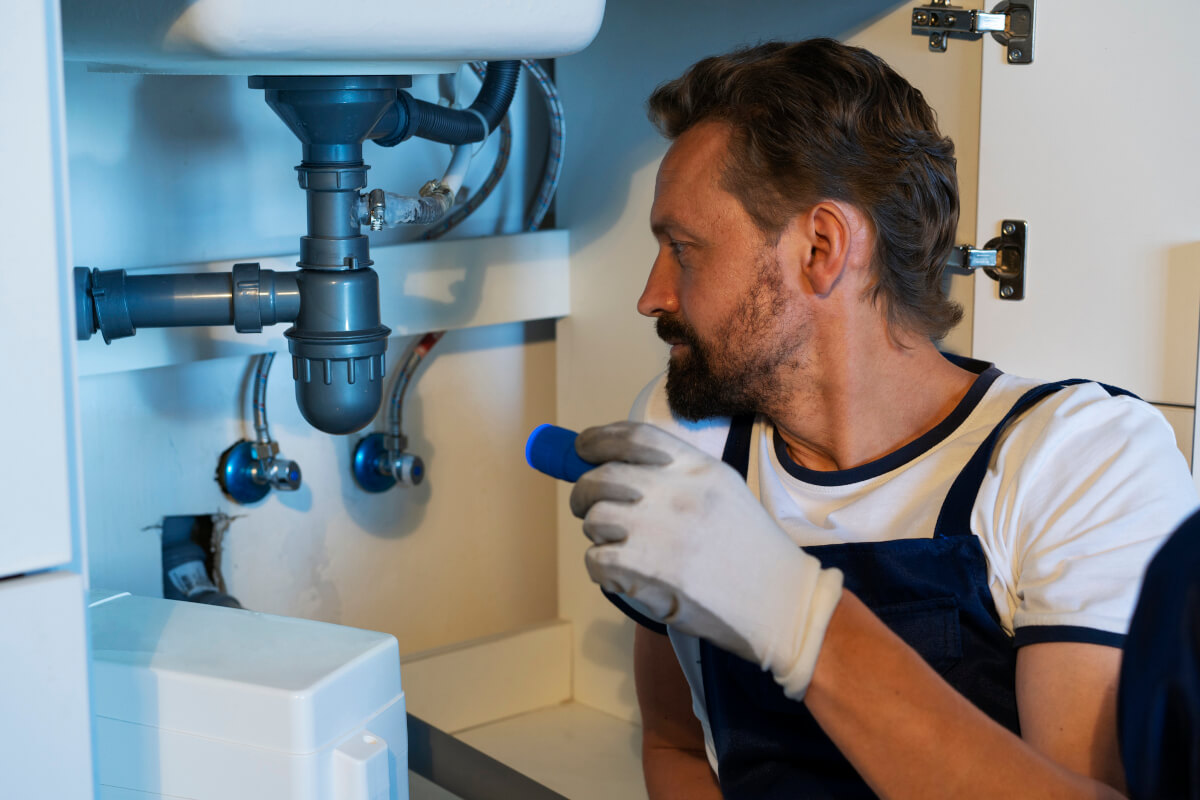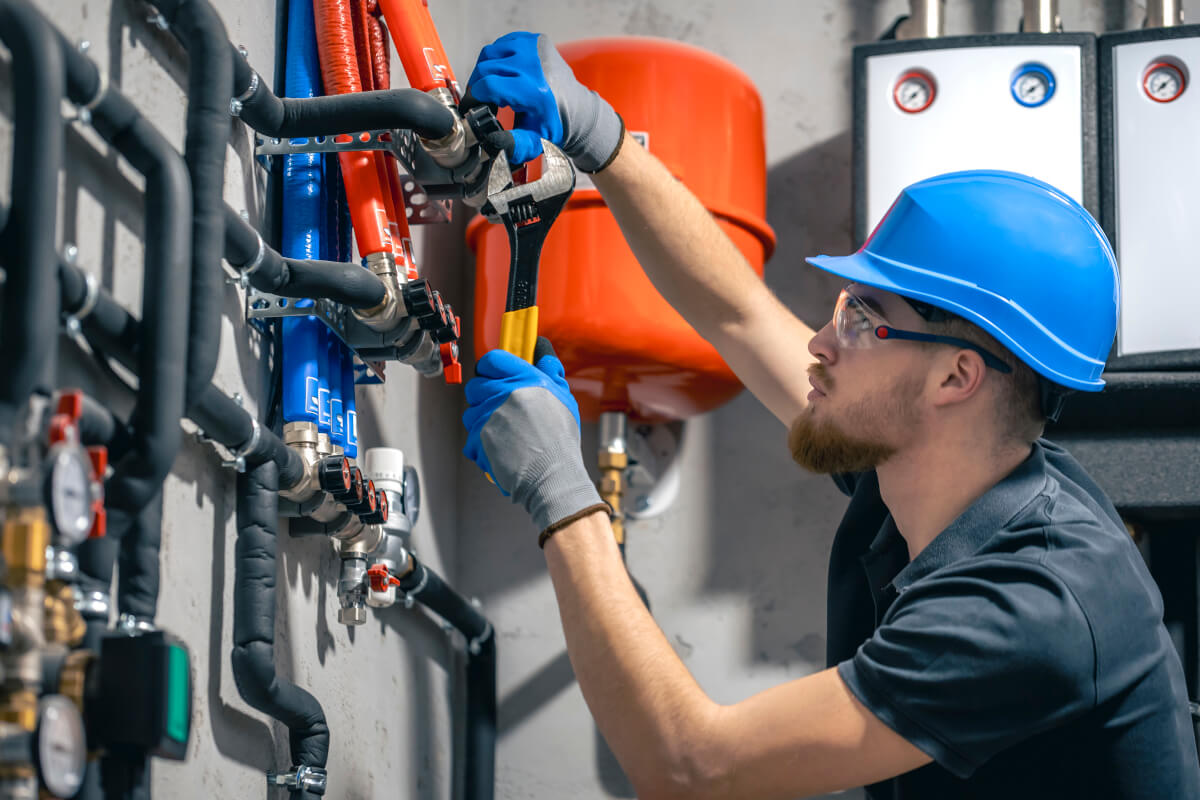7 Common Plumbing Problems and How to Solve Them
Plumbing problems are a common nuisance in many households, often striking at the most inconvenient times. While some issues may seem minor, ignoring them can lead to bigger problems down the road, including costly repairs and water damage. Fortunately, many plumbing problems can be resolved with a bit of knowledge and the right tools. Here are seven common plumbing problems and how you can solve them.
1. Dripping Faucets
A dripping faucet is not just an annoying sound that keeps you up at night—it can also waste a surprising amount of water. In fact, a faucet that drips once per second can waste over 3,000 gallons of water annually. This is not only bad for the environment but can also increase your water bill.
The most common cause of a dripping faucet is a worn-out washer or O-ring inside the tap. These components can degrade over time, leading to leaks. To fix a dripping faucet, first, turn off the water supply to the faucet. Then, disassemble the tap by removing the handle and exposing the valve stem. Inspect the washer and O-ring for signs of wear and replace them if necessary. Reassemble the faucet and turn the water back on. If the drip persists, it might be time to replace the entire faucet.
2. Slow-Draining Sink
A slow-draining sink is usually caused by a blockage in the drain, which can be due to hair, grease, soap scum, or food particles building up over time. This can make tasks like washing dishes or brushing your teeth frustratingly slow.
One of the simplest solutions is to use a plunger to try to dislodge the blockage. If this doesn't work, you can try a mixture of baking soda and vinegar, which creates a chemical reaction that helps break down the clog. Pour a cup of baking soda followed by a cup of vinegar down the drain, and then cover the drain opening to contain the reaction. After waiting for about 15 minutes, flush the drain with boiling water.
If the problem persists, you may need to use a drain snake to physically remove the blockage. To prevent future clogs, avoid pouring grease down the drain, and consider using a drain cover to catch hair and food particles.
3. Clogged Toilet
A clogged toilet is one of the most common and frustrating plumbing problems homeowners face. It often occurs due to flushing items that should never go down the toilet, such as wet wipes, feminine hygiene products, or excessive amounts of toilet paper. The immediate inconvenience of a clogged toilet can disrupt your daily routine, and if left unresolved, it can lead to more serious issues like overflowing or damage to the plumbing system. While many people attempt to solve the problem with a plunger, stubborn clogs may require more advanced tools or techniques.
When basic solutions don't work, it's time to call in professionals who can handle the situation efficiently. The team from wilsonplumbingandheating.com advises working with professionals who have the expertise and equipment to tackle even the most persistent clogs. They can use specialized tools like plumbing snakes or augers to break up or remove the blockage, restoring your toilet to full functionality. By addressing the issue promptly with the help of experienced professionals, you can avoid further damage and ensure your plumbing system remains in good working order.
4. Running Toilet
A running toilet is another common issue that can waste a significant amount of water—up to 200 gallons a day in some cases. This problem is often caused by a faulty flapper or fill valve, which controls the flow of water in the toilet tank.
To fix a running toilet, start by removing the tank lid and checking the flapper. The flapper is the rubber valve at the bottom of the tank that lifts to allow water to flow into the toilet bowl when you flush. If the flapper is worn out or not sealing properly, replace it with a new one.
If the flapper isn't the problem, the issue might be with the fill valve, which regulates the water level in the tank. You can adjust the fill valve by turning the adjustment screw on top of the valve or replace it entirely if it's not functioning properly. After making the repairs, flush the toilet a few times to ensure the problem is resolved.
5. Low Water Pressure
Low water pressure can make everyday tasks like showering or washing dishes a frustrating experience. It can be caused by a variety of issues, such as sediment buildup in pipes, a malfunctioning pressure-reducing valve, or even a hidden leak.
Start by checking the faucet aerators—these small screens can become clogged with mineral deposits over time. Unscrew the aerator from the faucet, clean it thoroughly, and reinstall it. If this doesn't solve the problem, check the main shutoff valve for your home to ensure it's fully open.
If you suspect a leak, look for signs of water damage around your home, such as damp spots on walls or ceilings. If you find a leak, it's best to call a professional plumber to assess and repair the damage. If the problem is with the pressure-reducing valve, you may need to adjust or replace it to restore normal water pressure.
6. Leaky Pipes
Leaky pipes are a serious issue that can lead to water damage, mold growth, and higher utility bills. Leaks often occur at joints where two pipes connect, but they can also develop in the middle of a pipe due to corrosion or damage.
To temporarily fix a leaky pipe, turn off the water supply and dry the area around the leak. Then, apply pipe tape or use a pipe clamp to cover the hole. These fixes are only temporary solutions, so it's important to contact a plumber to make a permanent repair.
To prevent future leaks, consider having your plumbing system inspected regularly, especially if you live in an older home where pipes may be more prone to corrosion and damage.
7. Water Heater Issues
Water heater problems can range from no hot water to strange noises or water discoloration. These issues can disrupt your daily routine and may indicate a problem with your water heater's thermostat, heating element, or tank.
If your water heater isn't producing hot water, start by checking the thermostat to ensure it's set to the appropriate temperature. If you hear strange noises coming from the heater, it could be due to sediment buildup in the tank. Draining the tank to remove the sediment can often resolve the issue.
For more complex problems, such as water discoloration or a malfunctioning heating element, it's best to call a professional to inspect and repair the water heater. Regular maintenance, such as flushing the tank annually, can help extend the life of your water heater and prevent future issues.
Plumbing problems are inevitable, but they don't always require a professional to fix. By understanding the common issues like dripping faucets, clogged toilets, and leaky pipes, you can take action to solve these problems quickly and effectively. However, knowing when to call a plumber is equally important—especially for more complex or persistent issues. Regular maintenance and inspections can also go a long way in preventing these problems from occurring in the first place, ensuring your home's plumbing system runs smoothly.

